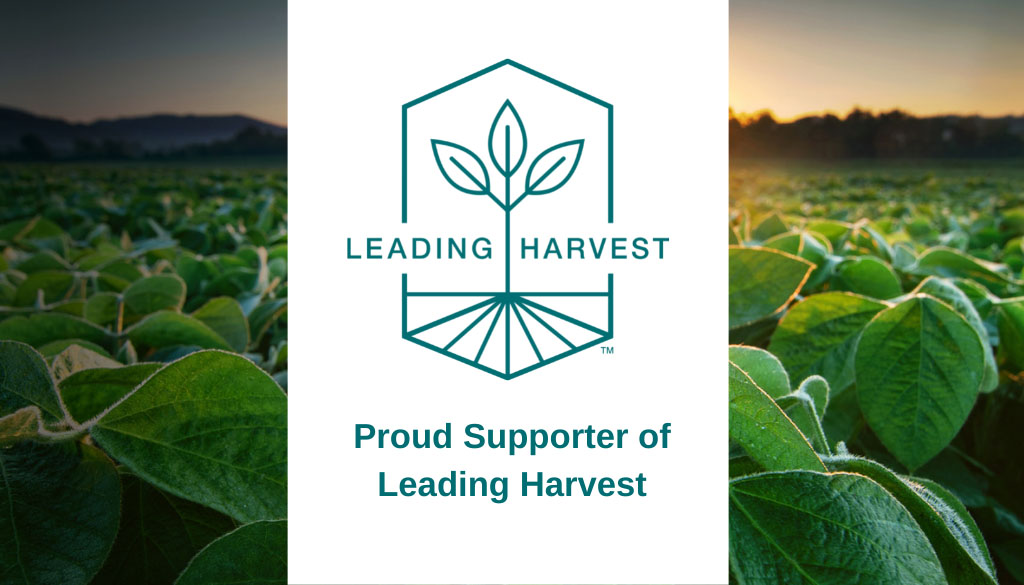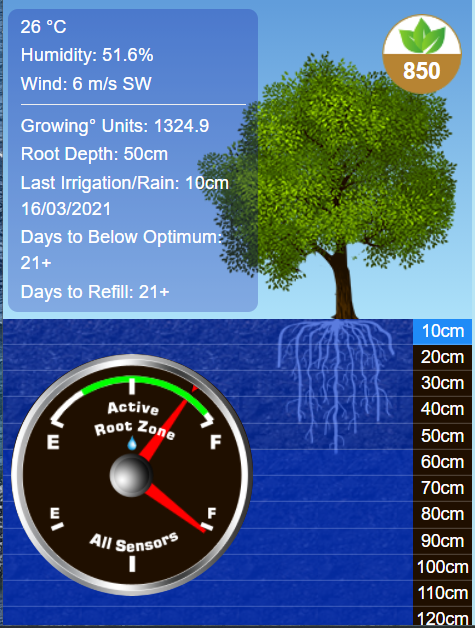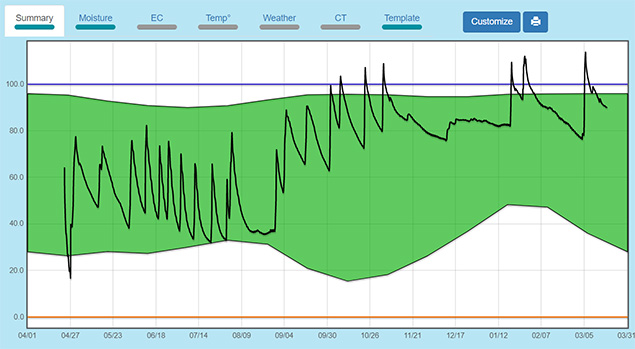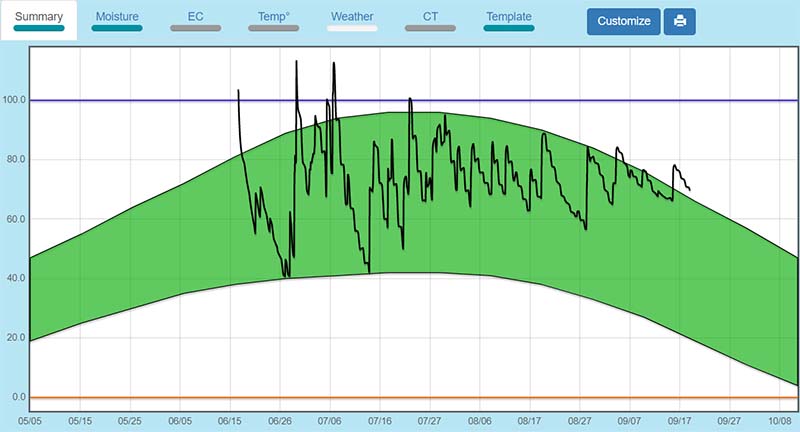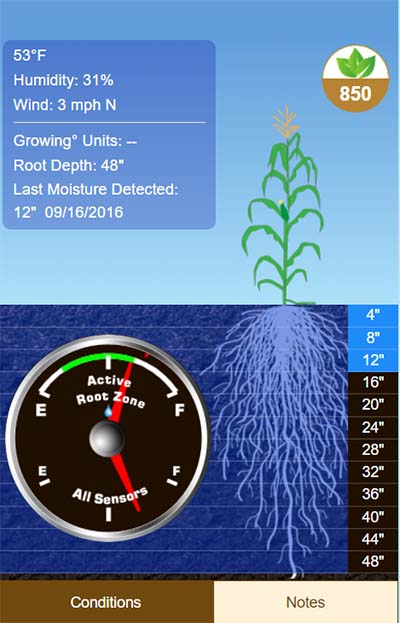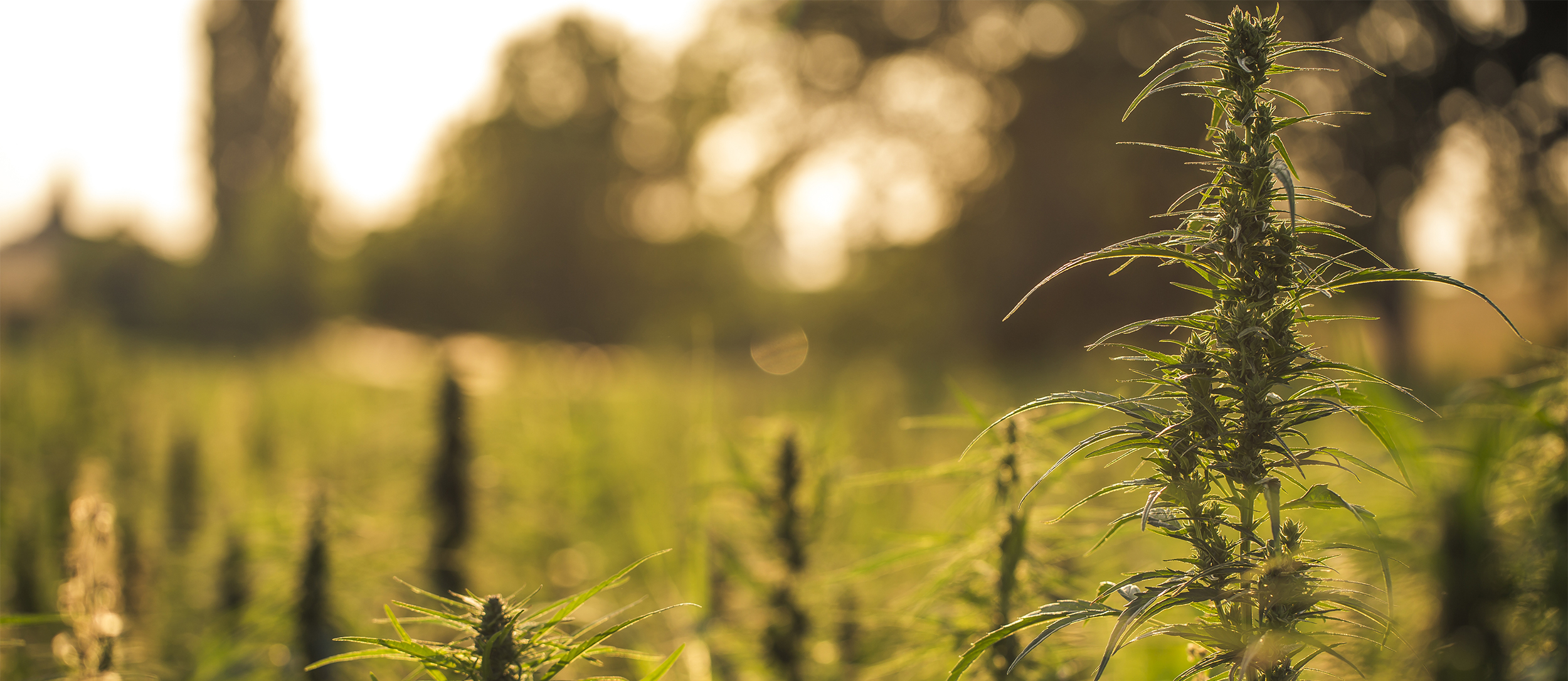Avoid salt toxicity in fruit and nut crops
When water is scarce, growers should monitor every aspect of water use and plant health. In particular, soil salinity resulting from salt build up in dry soils can impact deciduous fruits, nuts, citrus and avocado which are among the most salt sensitive crops.
How salt toxicity affects plant water uptake
This is a good time to be investing in technology to help with monitoring every aspect of water use and plant growth both above and below ground. Manage soil salinity early on to prevent heavy contamination that can lead to loss of the farmland and also to ensure that the salinity isn’t hampering the crop’s ability to absorb the water you do apply.
Salt impacts plants in two ways. One, it reduces the plant’s ability to take up water, and two, plants and trees will actually take up some of these salts which will then damage tissues and cause other issues, such as leaf burn or defoliation. In severe cases it can cause the plants to die.
Ensure crops are efficiently using available moisture
As soils become more saline, plants and trees become unable to draw as much water from the soil. Soil salinity can hamper crop water absorption so even if you are watering, the plant or tree can’t take in the available moisture. This is because the roots contain varying concentrations of ions (salts) that create a natural flow of water from the soil into the plant roots. As the level of salinity in the soil nears that of the roots, water no longer enters the root. When the soil salinity levels are high enough, the water in the roots is pulled back into the soil. The plants then are unable to take in enough water to grow. Even with crops that aren’t necessarily salt sensitive, increasing soil salinity can become an issue.
Use Ec as a proxy for how much salt is in the soil
While many growers monitor the leaves of their fruit trees for signs of stress, monitoring the soil around the active root zone can be a better early indicator and provide a proactive way of managing the water intake of the plant. Take soil samples or use in-ground sensor technology to monitor electrical conductivity or Ec which is a useful proxy for how much salt is present in the soil. Pure water is a poor conductor of electricity whereas salty water is a good conductor. Salinity can vary by soil layer and different crops will be more sensitive to salinity at specific depths.
What’s unique about AquaSpy’s approach to soil moisture monitoring and Ec measurement
AquaSpy looks layer by layer into the soil and can see what’s occurring at the active root zone. This insight is critical for deep rooted trees which need to provide water where and when it’s needed most.
Patented multi-sensor probes measure soil moisture, salinity, temperature and root zone activity independently at 4-inch intervals all the way down to 48 inches. Proprietary algorithms give yield-optimizing insights for ideal irrigation at critical growth stages such as bud development that impact the outcome of fruit and nut tree yields. The powerful AgSpy system provides analysis and actionable insights so growers can easily understand what is going on without having to visit the orchard or farm.


